No results available
ResetThere was much self reflection and many lessons learnt in Maddy’s quest to race the Rottnest Channel Swim.
I didn’t think I would ever have tackled a solo crossing of the Rottnest Channel.
I ruled it out years ago.
Too many sharks and way too long for my liking.
It wasn’t until I did a ‘Virtual Rotto’ swim in a pool (yes, 19.7km in a pool) with friends, in Feb 2022 that I started to consider it as a possibility.
One of my good swimming friends, Justin Hanby, who had swum Rotto ten times told me I should give it a go and that if I trained hard, I’d have the potential to mix it with the top 10 girls. This got the wheels turning in my head and in September of last year, I committed to a six-month training program with my coach, Vlad Mravec.
Prior to this, the longest I’d swum in a race was 10km, so I knew I had a lot of work to do. I’ve also had a history of talking about my big goals and not actually following through on them. This is usually due to injury or illness but still, it can get you down. This time, I kept it to myself for the most part. Aside from people close to me and my good swimming friends who I spoke to a lot, I decided it was best to get busy training for the goal rather than just talking about it.
Here are some of my takeaways from the training journey and the race itself.
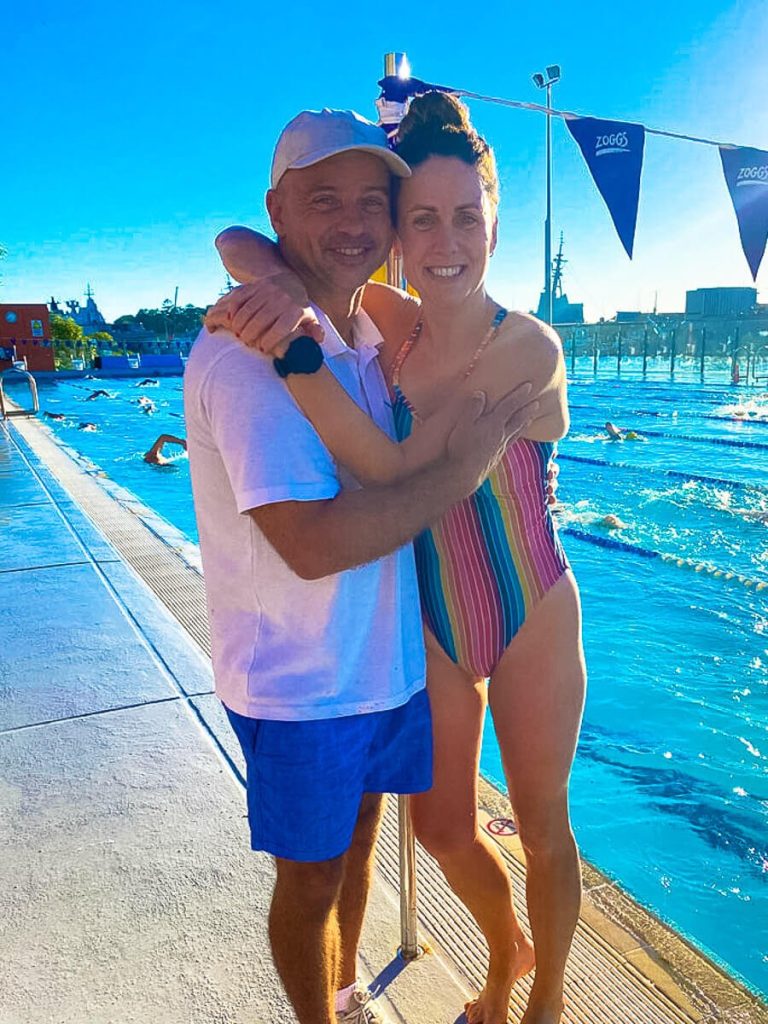
Find a good coach and swim squad. I was lucky enough to already be in a swim squad and have a coach, Vlad Mravec, who specialises in distance swimming. I needed to surround myself with people who were training for the same or similar events. Having a coach in my corner who I trusted wholeheartedly and who has trained many swimmers for this distance in the past was invaluable.
I had a solid training program that I was able to follow each week for six months. Left to my own devices, I would have burnt myself out. It was important to have variety in the program, including hard and easy sessions, as well as recovery days.
I also worked on my technique and mobility throughout the program which really helped with injury prevention. One of the hardest things for me was to trust my coach and not go overboard with the training. I have always had a bit of an old-school mentality of ‘more is better’ but that’s not always the case, especially as I get older.
I needed to train smarter not necessarily harder.
Committing to an event of this length and wanting to do well came with a lot of sacrifices. I underestimated the highs and lows of the training. I was tired all the time even though I was going to bed at 8 pm. It really did require me to eat, sleep, train, work – repeat.
The weekends were also quiet, I didn’t have the energy to socialise with friends in the same way I usually do. I had to rest and prepare for the next week of training. I also sacrificed the shorter ocean swims which I found hard as I was fit and would have done well, however, I know how much racing takes out of me, so I had to listen to my body and be selective with the races I chose to do over the summer.
My training consisted of four pool sessions during the week, one ocean swim on a Saturday, and two runs per week, as well as some resistance training. The most I ever did in one week was 36kms and I averaged between 22-25kms over the six-month period. This was massive for me. I have since found out that the girls at the top are probably averaging 60- 80+ kms per week, a number I can’t even fathom! I’m still proud of the work I put in and for me, it was enough.
One of the hardest parts of the training was doing the long-distance open-water swims on the weekends. Starting from 5km and building to 15kms. The 12km and 15km ones were the worst. I was lucky enough to have my dad paddle to help with my feeds, but it was hell. I really didn’t want to do it either and was angry for most of it which really didn’t help things! I did the 15km at Bondi, so it worked out to be 22 laps of the bay. These swims ended up being the most important part of my training program. To mentally know I could swim for 15kms in the ocean helped me to believe that I could make 20kms. I’m also lucky to have great friends who swam with me for most of it. I couldn’t have done it without their support. If I ever do Rotto again, I will approach the open water distance training with a positive mindset as I now understand how important it is.
Nutrition is an area I am still figuring out. I started vomiting at about the 17km mark, so there are some things to tweak for next time. This is an ever-evolving learning process and some of my veteran marathon swimming friends are still working it out, so I will get there too. Something I did learn is the importance of training with the feeds you plan on having in the race. I also don’t eat before I train but I eat before I race, so this is something I probably need to change as well. It’s important to train your stomach to tolerate what it needs to on race day.
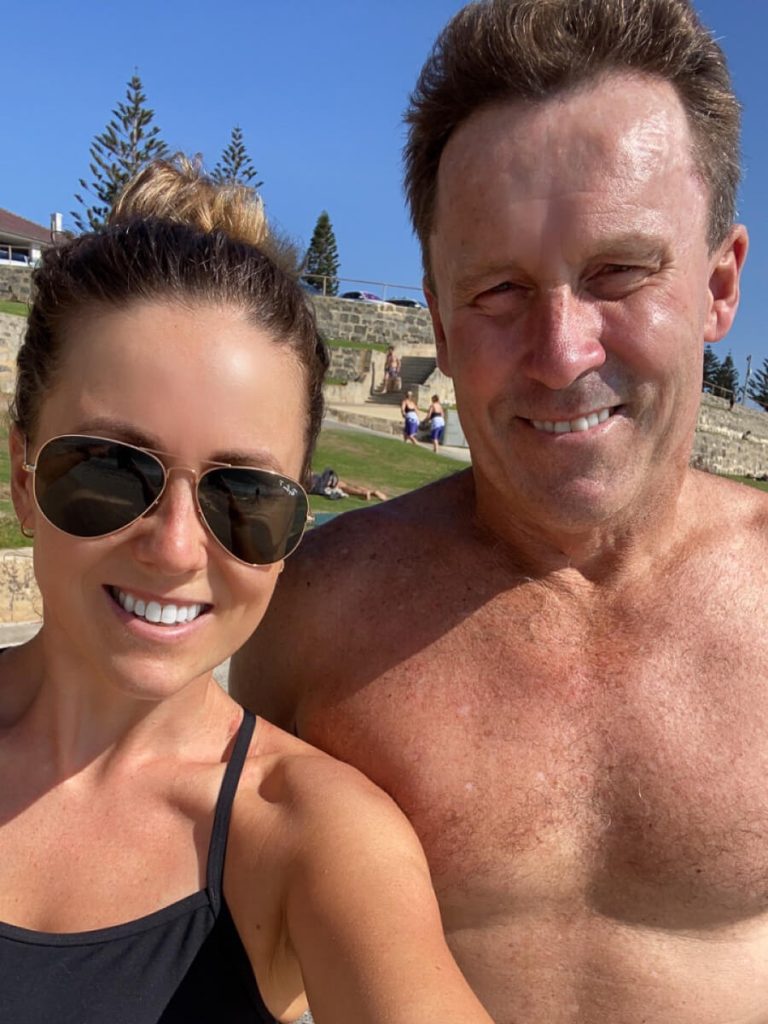
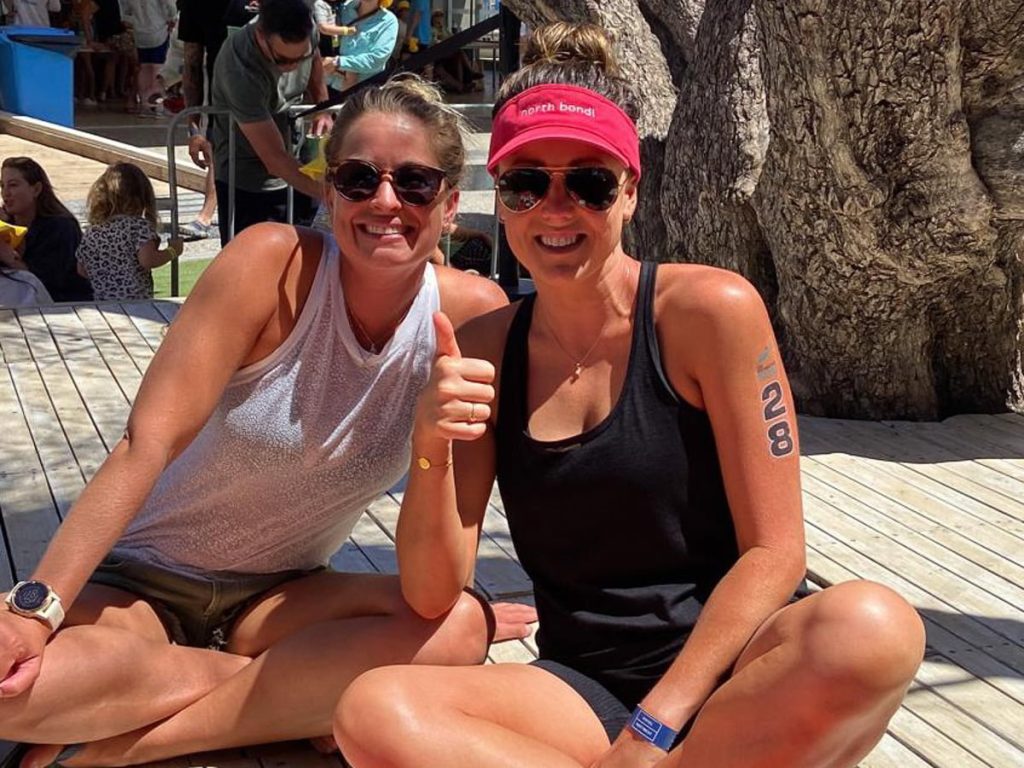
There were many points throughout the training program where I just didn’t want to go training. I didn’t want to look at the black line again. I didn’t want to do the stretching and mobility work. I didn’t want to go to the gym. I was tired and over it. This is when it was important for me to come back to my ‘why’.
I love swimming, it makes me feel alive. I love the swimming community and I love my coach. I’m also good at it and being good at something can make you feel good about yourself. I showed up when I didn’t want to and that helped me to show up for other areas of my life. It really does make me the best version of myself. I like who I am when I’m fit and strong in the water. It makes me feel stronger in my everyday life.
I’ve done enough work on myself now to know that swimming is not everything.
I don’t identify with it in the same way I used to when I was younger and as a result, it’s become part of my life, not my whole life.
I try my best and that’s good enough these days. Being kind to myself and speaking to myself how I would to a friend has been transformative. This is hard coming from a competitive perfectionistic background, but I get better at it every day. I found self-compassion to be important throughout this process. Some days I felt like absolute crap in the water but I still showed up and tried my best. When the going gets tough, I try to remind myself that “this too shall pass”. Having a compassionate coach helped too, he put everything in perspective and reminded me to smile and be happy!
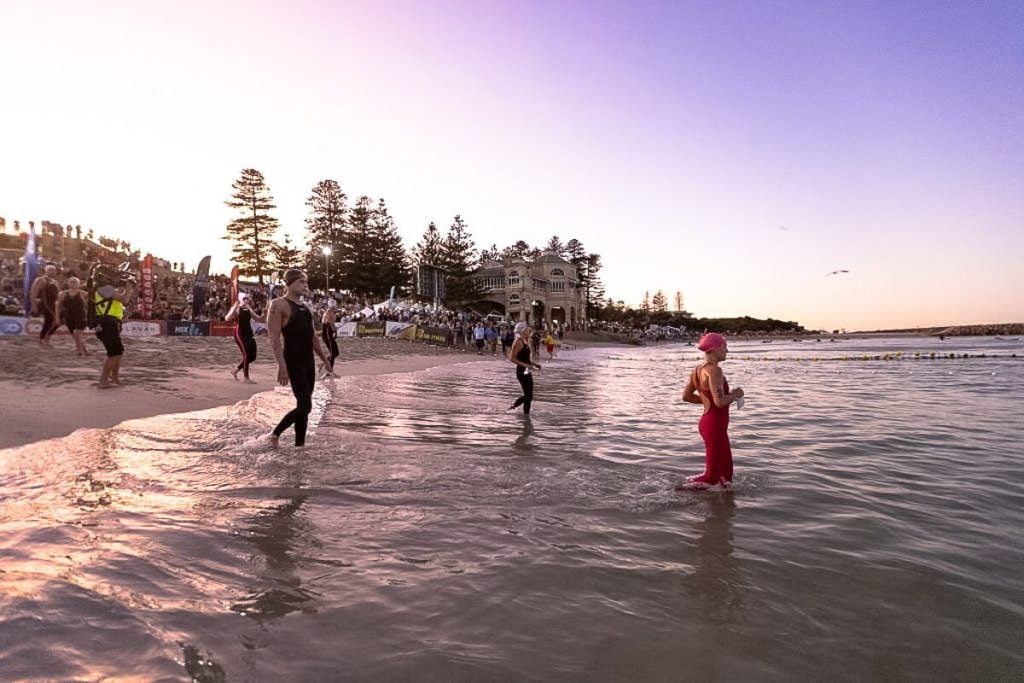
The conditions on the day of the swim were perfect. We had an easterly the whole way, which meant the current was pushing us towards Rottnest Island from Cottesloe Beach. I’ve heard about some pretty horrific conditions in previous years, so I was very happy when I saw the forecast a couple of days out.
I felt as ready as I could feel on the morning of the swim. Nervous but ready. I took the first 10kms out in about 2 hours 15 mins. I tend to take races out pretty hard and was worried I had taken it out too hard given I was aiming for about 2 hours 30 mins at the halfway point. I felt pretty good at the 15km point and I could see the island in the distance. It felt really close, but it wasn’t. It just didn’t get any closer either.
I learnt the hard way that the race really does start at the 15km point. It’s a mental game and if I had my time again, I would keep trying extra hard. I just wanted it to be over at that point and was getting a bit annoyed. This is when it’s important to stay focused on your technique and not let negative thoughts take over.
I managed to do a time of 4 hours 49 mins. I came 11th female and 29th overall out of about 400 soloists, and I won my age group. My goal was to break 5 hours and try to make the top 10. I pretty much did both on my first attempt, so I’m very happy with my results.
Although it sounds cliché’, the most rewarding part of achieving this goal was the journey I went on to get to the start line.
I overcame myself in so many ways and I’m a better person for it!
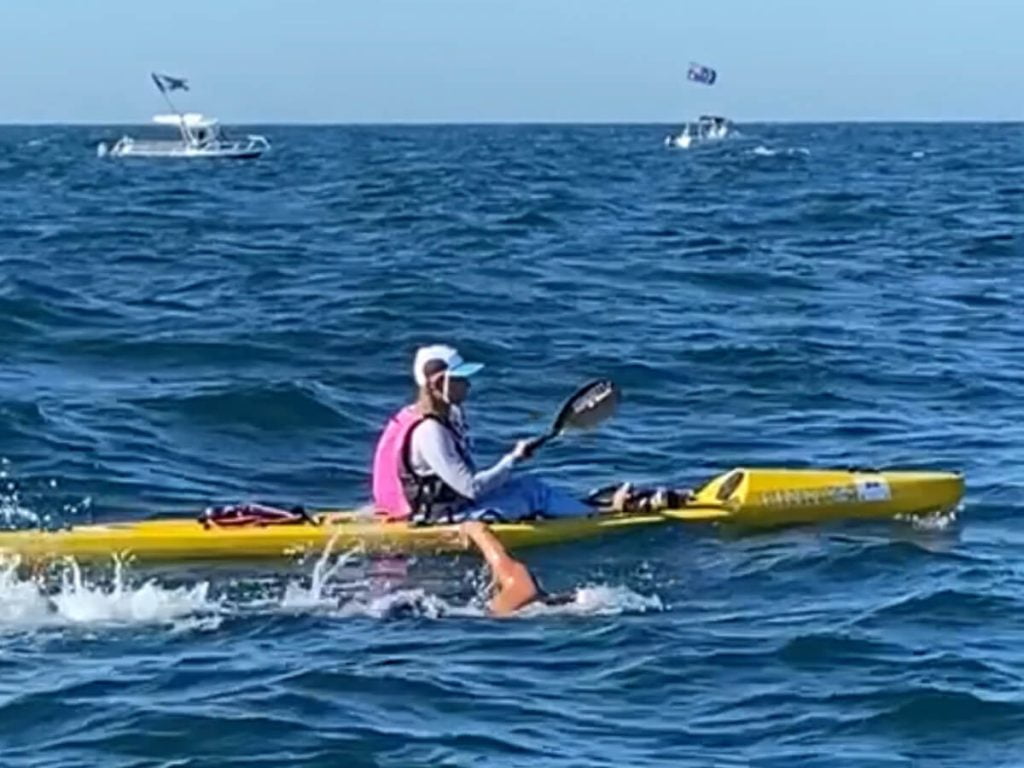
I needed to tell myself when I was throwing up at the 17km mark that I was doing it because I love swimming.
No results available
Reset




Copyright © 1999-2024 oceanswims.com. All rights reserved.
‘OCEANFIT is a registered trademark of OceanFit Pty Ltd.